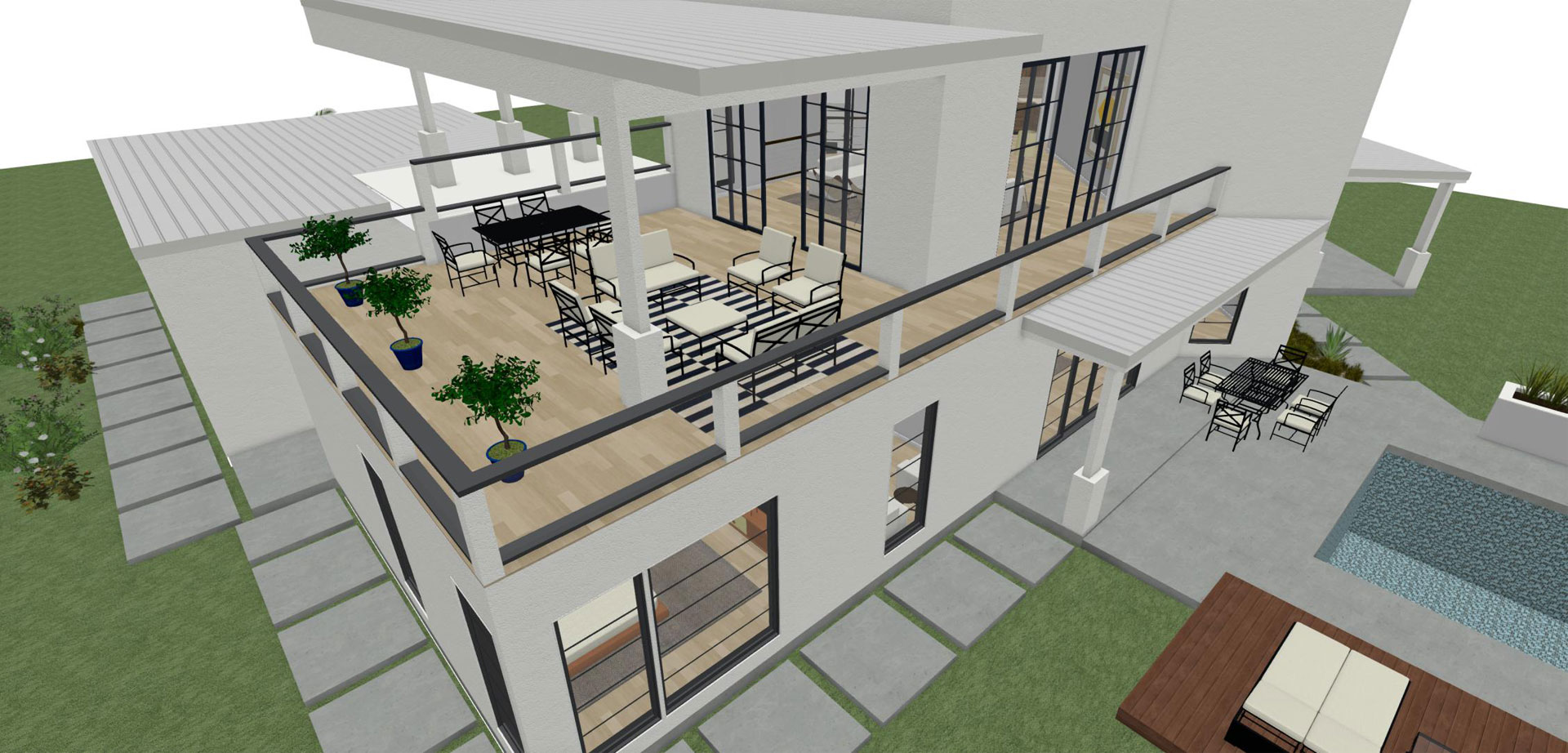Understanding the Collaborative Process In Between Engineers and Designers in Modern Building And Construction Projects
The joint process between designers and engineers is necessary in modern building and construction projects, as it integrates style intent with design usefulness. This collaboration not only affects the aesthetic and useful elements of a job yet also plays a vital duty in addressing sustainability challenges. By utilizing efficient communication strategies and leveraging advanced modern technologies, such as Structure Info Modeling (BIM), groups can work much more cohesively. The ins and outs of this partnership commonly existing unique difficulties that can prevent progression. Discovering these characteristics reveals insights that can substantially influence task results and general sector criteria.
The Importance of Collaboration
The collective harmony between engineers and engineers is essential for the effective realization of any kind of building and construction project. This collaboration combines distinctive proficiency and viewpoints, enabling the assimilation of cutting-edge design with sensible design solutions. By working together, designers and designers can guarantee that a project not only fulfills visual and functional demands however additionally complies with safety and security, sustainability, and budgetary constraints.
Partnership cultivates a shared vision, facilitating the alignment of goals and assumptions from the outset. This positioning is critical in resolving possible challenges and mitigating risks that could occur throughout the task lifecycle. A joint approach enables for the efficient allotment of sources, maximizing both time and cost.
The value of cooperation encompasses the iterative procedure of style and building and construction, where comments from designers can educate architectural decisions, resulting in more practical and lasting layouts. Alternatively, engineers can inspire designers to assume creatively about how to accomplish structural stability without compromising artistic intent. Inevitably, the collaborative relationship between designers and engineers is not just advantageous; it is fundamental to the production of premium, useful, and cutting-edge built settings that meet the requirements of society.
Interaction Strategies and Tools
Reliable interaction methods and devices are important for fostering collaboration between architects and engineers throughout the task lifecycle. Establishing clear networks of communication is vital to guarantee that all staff member are straightened with task objectives, timelines, and responsibilities. Regular conferences, both in-person and digital, offer chances for stakeholders to review development, address problems, and make informed choices.
Using project monitoring software application, such as BIM (Building Information Modeling) platforms, boosts cooperation by allowing real-time sharing of layout modifications and technical specifications. These tools assist in openness, allowing engineers and engineers to envision changes and evaluate their influence on the total project.

Shared Objectives and Task Vision

Establishing common goals involves open discussion and a complete understanding of each self-control's contributions. Architects typically focus on style intent, spatial connections, and individual experience, while designers stress architectural integrity, systems capability, and conformity with guidelines (cda architects). When these viewpoints are lined up, the outcome is a cohesive project that abides by both imaginative desires and technological feasibility
Furthermore, a well-defined task vision fosters liability amongst employee, urging each participant to take you could check here possession of their role in attaining the preferred end result. Routine check-ins and collaborative workshops can further strengthen this commitment, enabling changes to be made as the job evolves. Inevitably, a shared vision not only boosts team effort however also boosts the high quality of the final deliverable, causing successful task conclusion.
The Function of Modern Technology
Leveraging modern technology has actually become necessary in boosting partnership in between engineers and engineers. Structure Information Modeling (BIM) stands out as a pivotal innovation, allowing both designers and designers to create thorough 3D designs that envelop design intent and structural stability.
Moreover, cloud-based systems allow seamless cooperation, enabling project stakeholders to accessibility and update task information from anywhere. This cultivates a society of transparency and accountability, as adjustments can be tracked and evaluated in real-time. In addition, mobile applications additional improve communication, giving on-site teams with instant access to job specifications and updates.
Arising innovations such as expert system and maker discovering are also starting to play a role in predictive analysis, helping groups recognize potential problems prior to they arise. Ultimately, the duty of modern technology in architecture-engineering collaboration not just enhances process efficiencies but likewise improves technology, causing even more successful job outcomes. By embracing these technological developments, architects and engineers can make sure a much more natural and efficient collaborative procedure throughout the construction lifecycle.
Instance Research Studies in Effective Collaborations
Countless study illustrate the profound effect of efficient partnerships in between architects and engineers on job results. One notable instance is the partnership on the High Line in New York City, where landscape engineers, designers, and metropolitan coordinators interacted to change a deserted railway right into a vivid public park. This multidisciplinary approach not only improved the aesthetic quality however additionally made sure architectural security and ecological sustainability.
Another exemplary situation is the layout and construction of the Sydney Opera House. The partnership in between designer JÃ ¸ rn Utzon and architectural designer Ove Arup exemplified ingenious analytic. Their collaboration permitted the legendary shell-like style while dealing with intricate design challenges, eventually bring about a timeless architectural work of art.
The Burj Khalifa in Dubai even more shows the value of collective image source efforts. cda architects. The assimilation of architecture and design knowledge allowed the task team to achieve extraordinary heights while sticking to safety laws and visual vision
These examples emphasize the significance of interaction, trust fund, and shared goals. In today's intricate building and construction atmosphere, such partnerships are vital to navigating difficulties and supplying my review here jobs that satisfy both useful and visionary goals.
Verdict
In verdict, the collaboration between engineers and engineers is crucial for the success of modern building and construction jobs. Efficient communication methods, a common job vision, and the assimilation of sophisticated technologies are crucial elements that promote this collaboration.